Neptune planet is the 8th planet in our solar system and the most distant planet from the Sun. Planet Neptune is the last discovered planet in our solar planetary system. German astronomer Johann Galle discovered the Neptune in Sep 1846.
It is an ‘ice giant’ planet and does not support life. This ice giant is smaller than the planet Uranus but has greater mass than Uranus. It is the densest giant planet in our solar system. It is named after the Roman god of the sea ‘Neptune’.
Characteristics of Neptune:-
- Orbital period (1 year): 60182 days (164.8 earth years)
- Revolution period (1 day): 16.2 hours
- Average orbital speed: 5.40 km/sec around the sun
- The average distance from Sun: 30.10 AU
- Mean radius: 24630 km
- Mass: 1.03 × 1026 kg (17.15 times of earth)
- Volume: 6.25 × 1013 km3 (57.70 times of earth)
- Average density: 1.637 gm/cm3
- Surface gravity: 11.16 m/sec2 (1.14 times of earth)
- Escape velocity: 23.5 km/sec
- Average surface temperature: -201 °C
- Moons: 14 known moons
Neptune Planet Interesting Facts
Neptune planet is one of the most fascinating planets in our solar system. It has many interesting and wondrous facts such as has attractive color blue, coldest average temperature, faint ring system, the densest ice giant, the smallest giant planet, its one year, and slow speed around the sun.
Here we have mentioned some of the interesting facts about Neptune planet:
⇒ Neptune is the last discovered planet
In our solar system, most of the planets are visible with naked eyes. So there is no discovery date available for these planets. But few planets like Uranus and Neptune is not visible with naked eyes.
- Read also:-Uranus Planet: Facts and Information
William Herschel discovered the planet Uranus on 13 March 1781. Whereas the planet Neptune was discovered by a German astronomer ‘Johann Galle’ on 23 Sep 1846.
Pluto was discovered on 18 Feb 1930 by an American astronomer Clyde Tombaugh. Pluto used to consider the 9th planet, but when it was reclassified into a dwarf planet, then Neptune becomes the last discovered planet in our solar system.
⇒ Farthest planet in our solar system
Neptune is the farthest planet in our solar system with an average distance of around 30.10 AU from the sun. 1 AU is considered the distance between the sun and earth and is around 150 million km.
The closest distance (perihilion) of Neptune from the sun is around 4,459,753,056 km (2,771,162,073 miles) (29.80 AU), whereas the farthest distance or aphelion point is around 4,537,039,826 km (2,819,185,846 miles) (30.40 AU).
⇒ Neptune is the smallest giant planet
There are four giant planets in our solar system Jupiter, Saturn, Uranus, and Neptune. Of these all, Neptune is the smallest one with a diameter of around 49260 km. Still, it is almost four times larger than our planet earth.
⇒ It is the densest giant planet
Though it is the smallest ice giant, still it is heavier than planet Uranus. Because of its high density, it is more massive than the planet Uranus. Neptune’s average density is around 1.64 gm/cm3. This mentioned value of Neptune is the highest compare to all other giant planets.
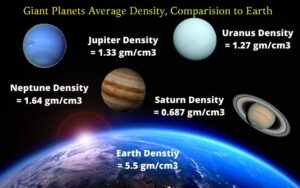
⇒ It has a short day but a long year
Neptune planet rotates around the sun (or its barycenter) with a quite slow speed of around 5.40 km/sec. It takes around 164.8 earth years to complete one revolution around the sun. So it is the longest year of any planet in our solar system.
The Neptunian day is shorter than our planet earth. It takes around 16.2 hours to complete one rotation on its axis.
Since its discovery in 1846, this planet has completed only one rotation (1 Neptunain year) around the sun. Though this ice giant is very fast while rotating its own axis.
⇒ This planet has a faint ring system
It has a ring system like other giant planets. Neptune’s ring is fainter and possesses 5 rings. In order of increasing the distance from Neptune’s surface, the names of these five rings are Galle, Le Verrier, Lassell, Arago, and Adams.
These names are named after the astronomers who contributed to their discoveries. The ring system is made of mostly ice particles, dust, and organic-based materials.
Galle and Lassell rings have more width of 2000 to 5000 km, whereas the other three rings are narrow. The widths of the narrower rings are around only 100 km or less.
⇒ Neptune has a Great Dark Spot
Neptune’s great dark spot is like Jupiter’s great red spot. It is also known as GDS-89, as it was discovered in 1989 by the space probe Voyager 2 NASA.
The Great Dark Spot is an anticyclonic storm located in the southern hemisphere of Neptune. One of the interesting facts about Neptune is that this storm has the fastest recorded wind speed. Here the wind blows around 2300 km/hours and it is the fastest wind in our solar system.
The great dark spot looks similar to Jupiter’s red spot but smaller in size. It has the almost same size as the earth.
⇒ Neptune has 14 moons
This ice giant farthest planet has 14 known moons. Its moon ‘Triton’ is the largest in all 14 natural satellites. Triton is the only Neptunian moon that has got spheroid shape because of its massiveness.
- {Read here about:- 14 Neptune Moons: Names, Number, and List}
Triton is the 7th largest moon in our solar system and the only large known moon that has a retrograde rotation. The 2nd largest Neptunian moon is Proteus has only 0.25% mass of the Triton.
⇒ Neptune planet is the coldest
The distance of the Neptune planet from the sun is quite far compared to other planets. So definitely the radiation of the sun will not reach much, compared to the planets that are near to the sun.
This is the reason, Neptune planet is the coldest planet in our solar system with an average temperature of around 72 K. The recorded lowest temperature of Neptune is around 55 K, whereas the lowest temperature of Uranus is 47 K.
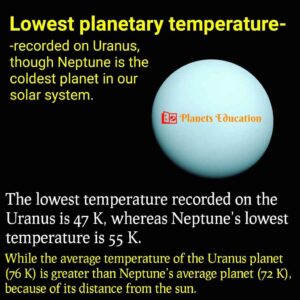
So Uranus may be considered the coldest planet when we consider the lowest recorded temperature. But when we consider the average temperature, Neptune’s temperature is around -201 °C. Thus Neptune becomes the coldest planet in our solar system.
⇒ Triton was discovered just after 17 days after Neptune
As we know, Neptune was discovered by a German astronomer ‘Johann Galle’ on 23 Sep 1846. This natural satellite “Triton” was discovered by English astronomer William Lassell on 10 Oct 1846, just 17 days after the discovery of the Neptune itself.
⇒ Neptune’s moon Triton is colder than it
The world Triton is the coldest known world in our solar system. The surface of the Triton is mostly made of frozen Nitrogen and water ice. It is colder than the Neptune planet. The minimum recorded temperature on this moon is approximately 38 K (-235 °C).
⇒ Only 1 spacecraft have visited Neptune yet
NASA’s spacecraft Voyager 2 is the only space probe that has visited or flyby the Neptune. This space probe was launched in August 1977 and took almost 12 years to approach near Neptune. Voyager 2 flew by the planet Neptune in August 1989 and send close-up pictures of this ice giant planet system.
So these were some interesting facts about Neptune Planet with proper information. But this is not the end, this article will be updated with more astonishing facts and information on a periodic basis. Keep in touch or share it. If you have any queries or suggestions, please ask in the comment section.
Read here about all 8 planets:-
- 5 Best Solar System Backpacks in 2024
- Mass of Planets in Order from Lightest to Heaviest
- Star Projector {2024}: Star Night Light Projector
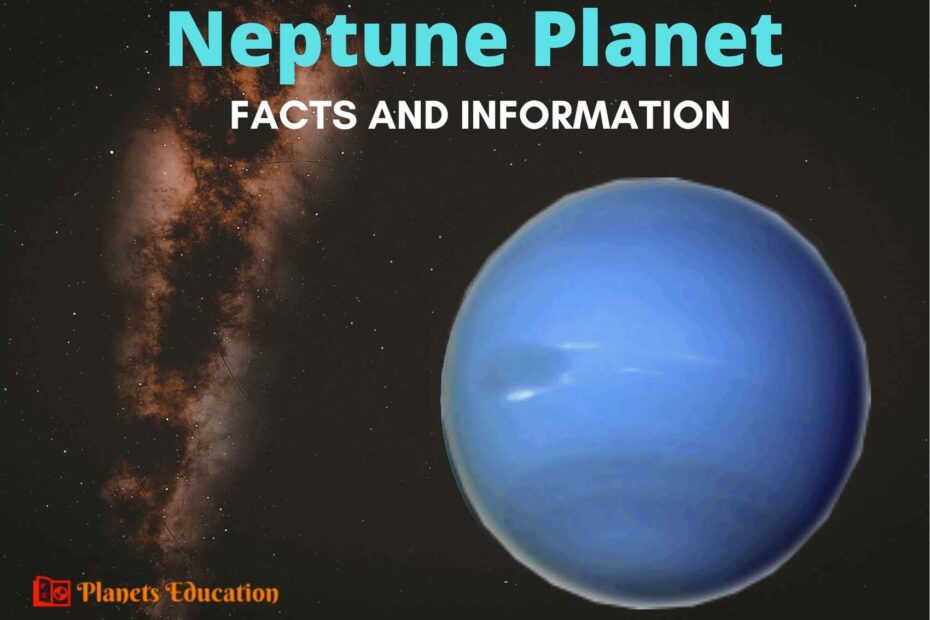
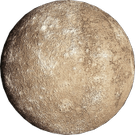
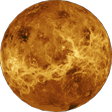
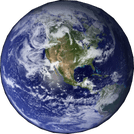
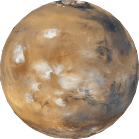
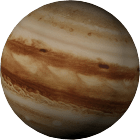
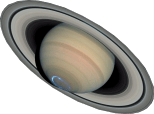
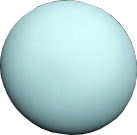
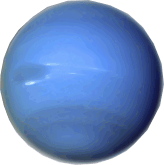
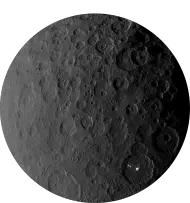
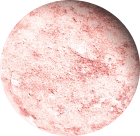
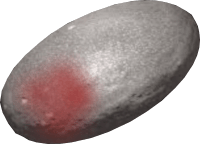
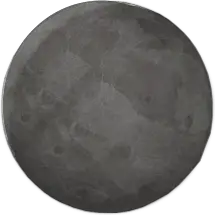


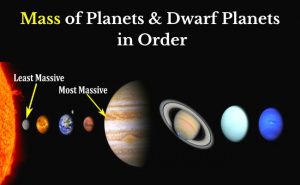


Like!! Really appreciate you sharing this blog post.Really thank you! Keep writing.
Comments are closed.